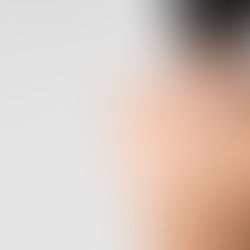The SPINE.
Do you experience neck or back pain? Maybe understanding a little more about the spine will help you better manage your aches, pains or discomfort. We see patients every day suffering from little twinges to debilitating pain.
There is still lots to learn about back pain but what we do know for certain is there are many ways to manage your pain from home and with little equipment.

The spine can be split into 3 sections, cervical, thoracic and lumbar.
Each section of vertebrae are shaped differently from one another. This is because each section has a very different role to it's neighbour.
The neck (the cervical section) is comprised of 7 vertebrae. Their bony structure is a lot smaller in comparison to the rest of the spine.
Your neck has a large range of movement. It can move forwards and backwards - known as flexion and extension, it can tilt from side to side - lateral flexion and rotate to look over your shoulder - rotation. The shape of the vertebrae and in particular the size and shape of the spinous processes and facet joints (refer to the images below for reference) allow these multi-directional movement patterns to occur.
The middle section of your spine is called your thoracic. We have 12 thoracic vertebrae and this is where the ribs attach. The ribs have an important role of protecting all the important stuff inside! The main movement of the vertebrae in this section is rotation.
The lumbar forms the base of the spine and has a tough job of bearing a lot of weight from above, as well as communicating with what's below! These vertebrae are chunky and only like moving forward and backwards. Quite often when your back is tired and tight and you couple bending forwards and rotating that's when your back 'goes'. The lumbar spine doesn't like rotation and doesn't like rotation under load even more!
Each vertebrae needs to co-operate with it's buddy above and below. When they don't, other parts of the spine can be affected. There are many reasons why your spine might not be moving as it should. It may be because of an underlying condition such as scoliosis or a pars defect.
Your muscles also have a huge influence on your spine. Muscles, tendons, ligaments and connective tissue come from every direction, attaching onto the bony structure known as the skeletal system. Unbalanced muscle patterns can easily put parts of the spine under more stress.
Maintaining mobility of both your skeletal and muscular system = a happy healthy spine. So what sort of things do you do to maintain the health of your muscles and bones?
If the answer is nothing, or you're not sure, then let us help. We have an abundance of treatment skills, including soft and deep tissue massage, cupping, dry needling, mobilising techniques and a wide range of exercises to try at home to either stretch or strengthen, or both!
or give us a call 9796 1114.
BM team X




















